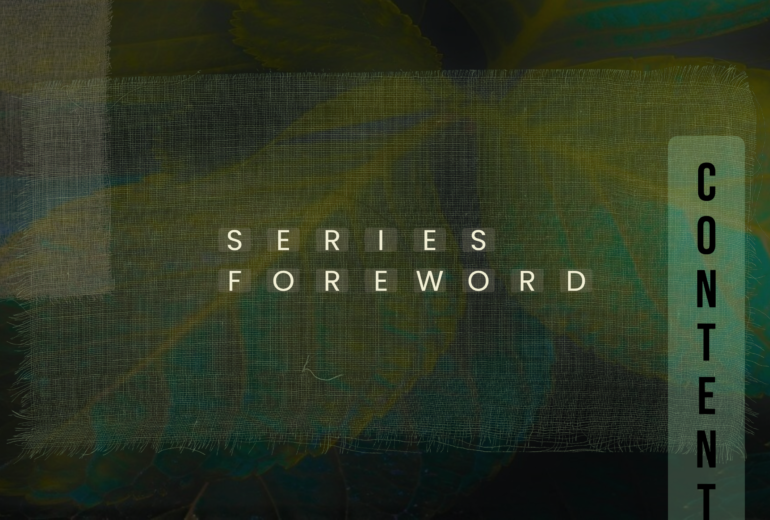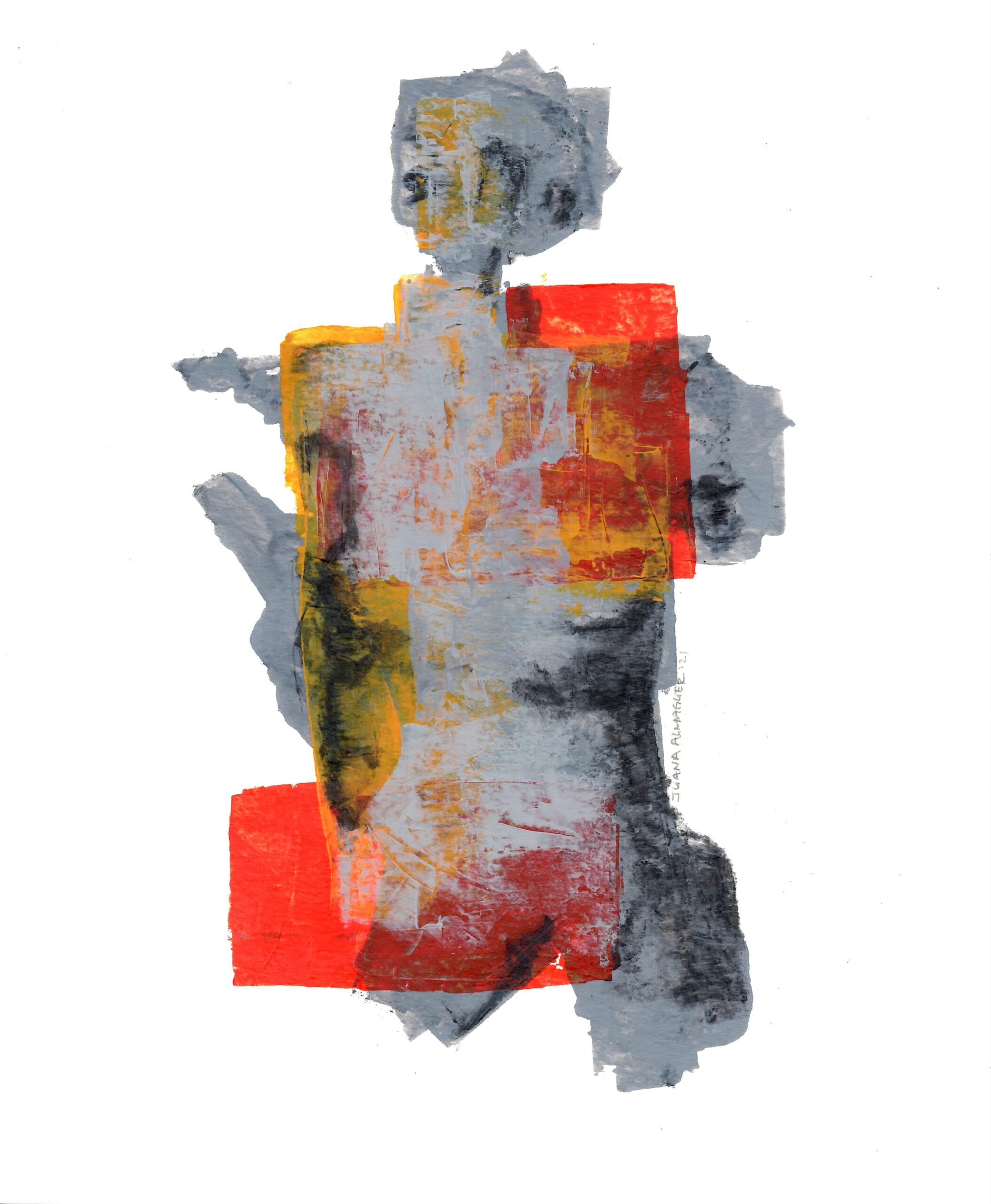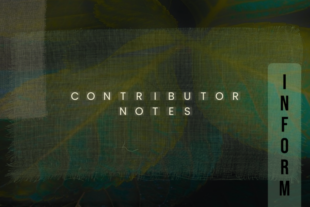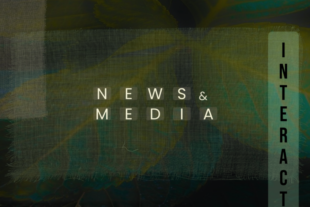The following invitation to the Interpretive Lenses in Sociology book series has been excerpted from the series foreword written by editors Thomas DeGloma and Julie B. Wiest. The full text is available to read or download (for free) courtesy of Bristol University Press. To learn more about forthcoming or other titles published in the series, please visit the series web page.
On the Multidimensional
Foundations of Meaning
in Social Life: An Invitation to the
Series Interpretive Lenses in Sociology
Thomas DeGloma
Hunter College and the Graduate Center, CUNY
Julie B. Wiest
West Chester University of Pennsylvania
24 March 2022
Sociology is an interpretive endeavor. Whatever the approach taken to study and explain an aspect of social life – qualitative or quantitative, micro or macro – sociologists work to interpret their data to reveal previously unseen, or to clarify previously misunderstood, social forces. However, within the broad field of sociology, and under the purview of its kindred disciplines, there are many scholars who work to unpack the deep structures and processes that underlie the meanings of social life. These interpretive scholars focus on the ways that social meanings constitute the core structures of self and identity, the ways that individuals negotiate meanings to define their shared situations, and the collective meanings that bind people together into communities while also setting any given group or context apart from others. From this perspective, meaning underscores social mindsets and personal orientations in the world, as well as the solidarities and divisions that define the dynamics and mark the boundaries of our social standpoints and relationships. Furthermore, such scholars are concerned not only with how the individuals and groups they study actively make and remake the definitions that are central to their lives, as well as how those understandings influence their behaviors, but also how they seek to impact the world with their meaning-making processes. In this regard, meaning is of paramount significance to both the extraordinary moments and the routine circumstances of our lives.1
In their efforts to illuminate the deep social foundations of meaning, and to detail the very real social, political, and moral consequences that stem from the ways people define and know the world around them, interpretive scholars explore the semiotic significance of social actions and interactions, narratives and discourses, experiences and events. In contrast to those who take a positivist or realist perspective and see the world – or, more precisely, argue that the world can be known – in a more direct or literal light,2 they use various approaches and draw on different interpretive traditions to decipher their cases in order to better understand the deep social, cultural, and psychic foundations of the phenomena they study. From such interpretive perspectives, a fundamental part of any social phenomenon is not directly evident or visible. Rather, the core foundations of meaning underlying the cases scholars study need to be unpacked, analyzed, and interpreted – and then rearticulated – to comprehend their deeper essences.3 And they do this work of interpretation from various angles and perspectives, using different “lenses.” It is with such interpretive lenses, in sociology and beyond, that we concern ourselves here. How do the people we study make sense of the world? How do they cooperate with others to construct shared understandings, and how do such actors define their situations for various audiences? Furthermore, how do scholars understand their sense-making processes and interpret their actions and experiences? How do they get at the deep social forces, culture structures, and relationships underlying the topics and themes they study?4 Finally, how do their interpretations allow scholars to construct new and powerful explanations of social phenomena? How do they “possess explanatory torque” with regard to various topics of widespread significance (Reed, 2011: p. 11; see also: Garland, 2006: pp. 437–8)?
Since the dawn of the discipline, many of our most influential thinkers have put forward theoretical paradigms and designed methodological programs to reveal and explain these hidden dimensions of human relationships and experiences. They have worked to unpack and interpret the social logic of our thoughts, ideas, and mental processes, our individual feelings and collective emotions, and the motives that underlie our individual actions and collective behaviors. As the discipline of sociology developed and broadened in scope, our symbolic and interpretive theories and programs fractured and diversified.5 As emerging camps each laid claim to their own intellectual origins and foundational influences, their most vocal proponents often established, defined, and defended their particular mode of interpreting the various phenomena of social life by pitting their program against other theories and programs. Yet, despite their differences, these various camps retained an interpretive agenda that involves a primary concern with decoding the semiotic or distinctly symbolic dimensions of their cases. Today, just about every topical area of sociological analysis includes a diverse lot of interpretive scholars who approach that topic from different focal perspectives, drawing on different theoretical and methodological traditions to interpret and explain the general phenomenon at hand.
For example, different scholars within the field of social memory studies might approach the same topic or case by focusing on personal memories and autobiographical accounts, micro-level dynamics and shared memories that emerge via interpersonal and small-group interactions, or macro-level commemorative rituals and national histories. They might also variously focus on the tensions or harmonies between actors within a particular mnemonic landscape or community, or between official and default memories, on the one hand, and marginalized or silenced visions of the past, on the other hand. Despite such significantly different ways of focusing on the topic, all such scholars typically work to unpack the social and cultural foundations of memory in order to better understand the meanings of human experiences and situations.6 Likewise, as Erin F. Johnston and Vikash Singh (2022) make evident with the inaugural volume in this series, those who study religion might focus on deeply engrained culture structures (as manifest in collective stories of good and evil or in rituals separating the sacred from the profane) that bind adherents together into a collective unit, or they might view religious meaning as emergent in smaller groups, such as families or local parishes, or as fundamentally arising from lived and embodied practices that give significance to religious lives and religious selves. They might highlight the nuances of daily religious lives or the significance of religious meaning across generations. They might also variously see religion as primarily an ideological system that powerful actors use to dominate others and enforce social exclusion, or alternatively as a vital means of resistance to domination, depending on the angles from which they approach their cases. Whatever the topic of analysis may be – whether memory, religion, race, gender, the body, or anything else – the fact of a shared interpretive endeavor provides an important framework for dialogue and debate among scholars working from different analytic perspectives in the field of study, a foundation upon which an overall understanding of the substantive themes, salient moral and political issues, and significant events and experiences central to their area of concern may be built. Looking forward, such a framework for dialogue and debate, organized around an exposition of our various interpretive lenses, holds promise for developing new theoretical visions and methodological programs in the field of sociology and beyond.
This is the perspective from which we organized a unique conference, The Roots and Branches of Interpretive Sociology: Cultural, Pragmatist, and Psychosocial Approaches, in Philadelphia, Pennsylvania, in August 2018.7 From this endeavor, we learned that many scholars were excited by our call to bring them to the table to discuss their interpretive lenses with one another. Many almost intuitively grasped the distinctions we made among traditions and camps in the field (the cultural, the pragmatist/interactionist, the psychosocial, and others) that could be gathered under the umbrella of a broader “interpretive” agenda in sociology. And why not? We make such distinctions between different camps, with their various theoretical and methodological traditions, when we teach. This is how we organize many of our journals, our professional societies and their sections, and other scholarly institutions. We also often use such categories to explain our scholarly identities. In line with these distinctions, qualitative interpretation has developed simultaneously along different paths, among a field of factional communities, and the proponents of these different camps make various claims to distinguish their respective approaches from others.
However, despite the fact that we use such distinctions to delineate our disciplinary field, they rarely sync neatly with the work scholars actually do when they interpret the cases, communities, and issues they study. Rather, in their practices of social research and in their acts of interpretation, scholars combine and integrate elements of different traditions and programs in various ways that help them to focus on and make sense of their experiences as scholars. In other words, the process of interpretation comes alive in the practice of research and, more particularly, in research situations that demand a range of theoretical and methodological tools to illuminate and articulate the social foundations of meaning central to the case at hand.8 Thus, over the course of their work, scholars develop interpretive lenses that help them find answers to the questions that drive them. While this may not come as a surprise to many readers, we rarely interrogate and compare the nuances of these lenses explicitly. Thus, we have asked the contributors to this series to demonstrate how they do this work, to illustrate their interpretive processes and reflect on them so that the diversity of interpretive lenses in different areas of study can be made more explicit.
[READ MORE / DOWNLOAD]




